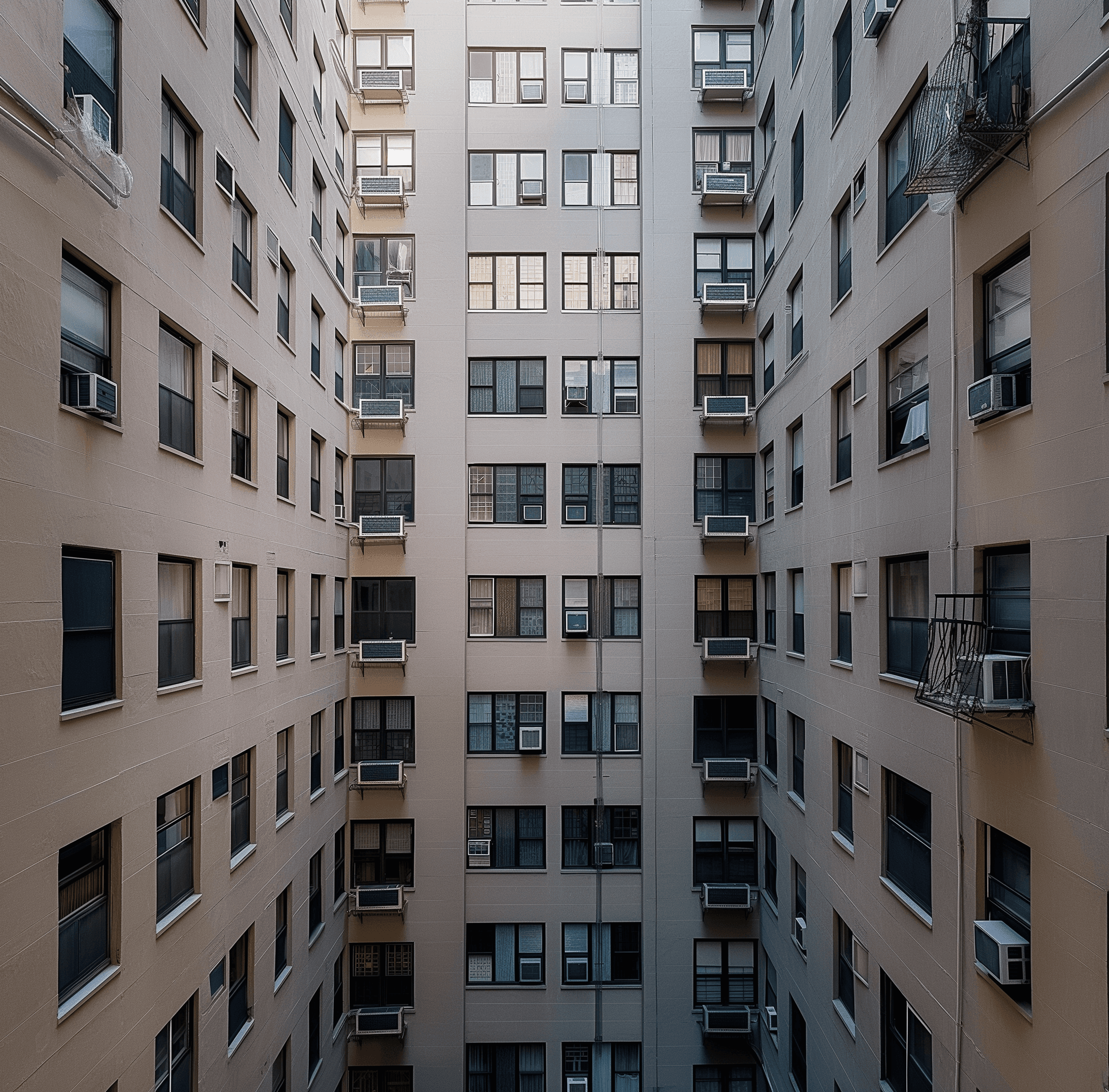Top 7 Future Trends Shaping Architecture and Interior Design in 2024
Explore the top 7 future trends shaping architecture and interior design in 2024, including sustainable materials, smart homes, and AI-driven innovations.
More Articles
1. Sustainable Materials: Building a Greener Future
As the world leans towards sustainability, architects and designers are focusing on eco-friendly materials. Innovations like carbon-neutral concrete, recycled wood, and biodegradable materials are becoming staples. Not only do these reduce environmental impact, but they also align with modern aesthetics, offering stylish yet responsible designs.
2. Smart Homes and Intelligent Living Spaces
Technology integration is transforming how we live. Smart homes now feature IoT-based systems for lighting, energy efficiency, and security. Voice assistants, motion-controlled appliances, and automated designs enhance comfort while promoting energy savings. These intelligent features will soon be the norm, not the exception.
3. AI in Design: Redefining Creativity and Functionality
Artificial Intelligence is revolutionizing architecture and interior design. AI-powered tools assist with optimizing space utilization, generating innovative layouts, and predicting material performance. These advancements are streamlining workflows and encouraging data-driven, efficient solutions for modern spaces.
4. Biophilic Design: Bringing Nature Indoors
Biophilic design connects nature with built environments. Concepts like vertical gardens, indoor green spaces, and natural lighting aim to improve mental well-being while boosting aesthetics. Expect more organic forms and sustainable greenery to dominate architectural spaces in 2024.
5. Adaptive Reuse and Renovation
Instead of demolishing old buildings, architects are focusing on adaptive reuse—repurposing structures for new functionalities. This trend not only preserves heritage but also minimizes construction waste. By blending the old with the new, adaptive reuse creates unique, timeless designs.
6. Modular and Prefabricated Construction
Modular construction is gaining traction due to its speed and cost efficiency. Prefabricated components are manufactured off-site and assembled on location, reducing construction time drastically. This method is ideal for housing projects and commercial spaces that demand scalability.
7. Minimalism and Functional Aesthetics
The concept of "less is more" continues to influence architecture and interiors. Minimalist designs prioritize functionality, decluttering spaces while retaining elegance. Clean lines, neutral palettes, and multi-purpose furniture help create harmonious living environments that stand the test of time.
Final Thoughts
The architecture and interior design landscape is evolving rapidly in 2024. Trends like sustainable materials, smart technology, and AI are shaping how spaces are designed and experienced. By embracing these future-oriented concepts, architects can build innovative and meaningful environments that cater to both modern and sustainable needs.
Rabiraj Kannan
Rabi is the creative guy behind Oddworks, an architectural studio known for its innovative and personalized approach to design. He blends modern and timeless architectural elements to create spaces that reflect the personality and lifestyle of their inhabitants. His work combines artistic vision with practical solutions, ensuring each project is both inspiring and enduring.
Similar Topic













